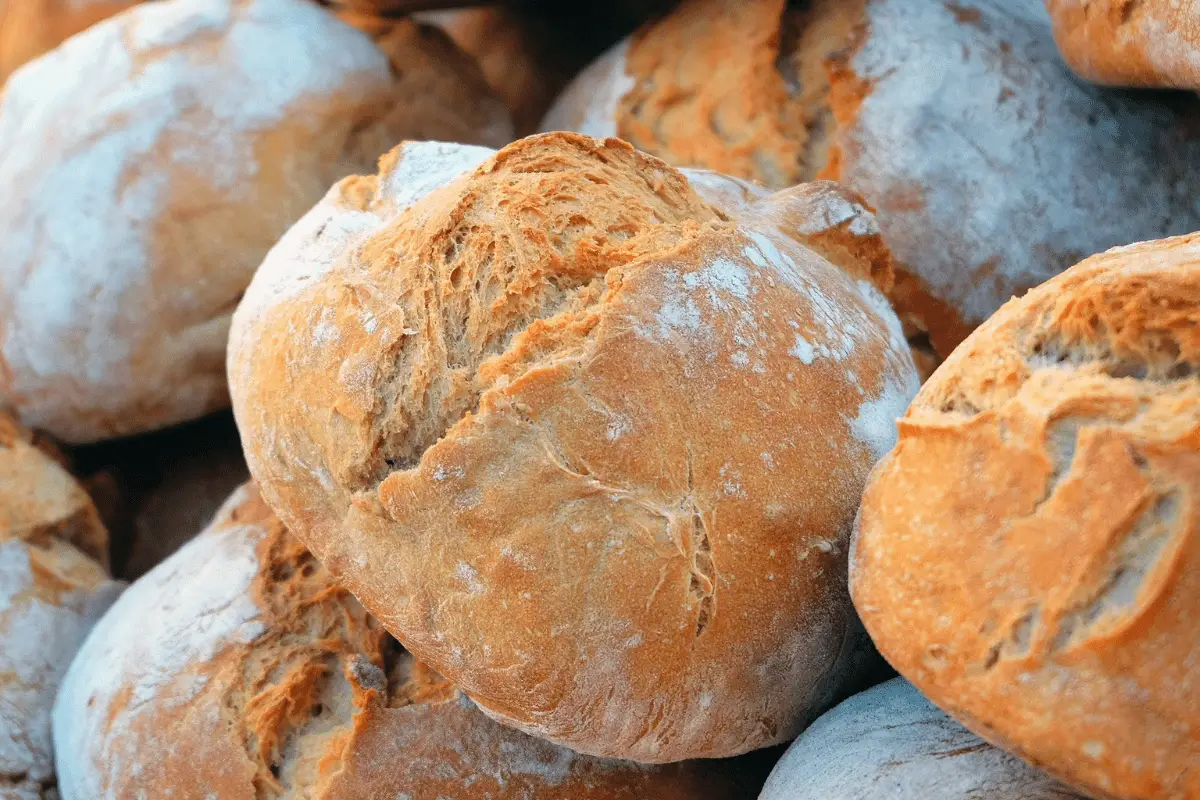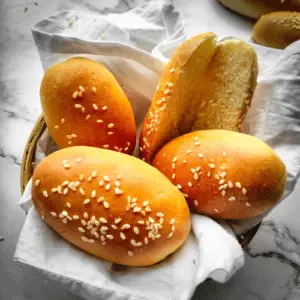Welcome back to your favorite desserts and baking blog:)
How to Save Over Proofed Dough?
Baking bread is a skill that takes time and patience to master. One of the biggest challenges when baking bread is over-proofing the dough. Overproofing happens when the dough ferments too long, causing it to rise excessively. When the dough rises too much, it loses its structure, resulting in a flat, dense, and sometimes sour loaf of bread. But don’t worry, if you’ve over-proofed your dough, there are ways to salvage it and still end up with a delicious loaf of bread.
Avoid the hassle by reading my last post:
How to Avoid Overproofing Bread?
Understanding Over-Proofed Dough
Before diving into the ways to save over-proofed dough, let’s take a quick look at what it is and how it happens. When you mix flour, water, yeast, and other ingredients, the yeast ferments, producing carbon dioxide gas. This gas causes the dough to rise and expand. If the dough is left to rise for too long, the yeast will continue to produce gas, causing the dough to over-proof.
The over-proofed dough is characterized by a flat, dense, and sometimes sour loaf of bread. The dough needs to be stronger to support the structure of the bread, resulting in a collapsed loaf that is less than desirable.
Saving Over-Proofed Dough
If you find yourself with over-proofed dough, don’t worry. There are several steps you can take to save it and still achieve a delicious loaf of bread.
- Punch it down
- Shape the Dough
- Let it Rise Again
- Bake at a Lower Temperature
- Store the Bread Properly
1. Punch it down
The first step to rescuing over-proofed dough is to punch it down. This means you must remove some of the air that has built up inside the dough. To do this, press your fist into the center of the dough and push it down. Be careful to work the dough evenly, as this can cause it to become challenging.
2. Shape the Dough
Once you’ve punched down the dough, shape it into the desired form and place it in a greased loaf pan. Make sure to grease the pan well to prevent sticking.
3. Let it Rise Again.
Let the dough rise again, but this time for a shorter period than the first. Keep an eye on it and remove it from the oven as soon as it has risen to the desired height. The second rise should be shorter than the first one and take around 30 minutes to an hour, depending on the dough’s texture and temperature.
4. Bake at a Lower Temperature
Bake the bread at a lower temperature than what you would typically use. This will allow the bread to cook without burning the outside. A temperature of 350°F is a good place to start. You can also cover the bread with foil halfway through baking to prevent the crust from becoming too dark.
5. Store the Bread Properly
Once the bread has cooled, store it in a plastic bag or airtight container to keep it fresh. You can also freeze the bread for later use.
Overproofing dough can be a frustrating experience, but with a few simple steps, you can still enjoy a delicious loaf of bread. Remember to punch down the dough, shape it, let it rise again for a shorter period, bake it at a lower temperature, and store it properly. Don’t let a little over-proofing discourage you from baking your bread. Practice makes perfect, and with time, you can identify the perfect proofing time for your dough. So, experiment with different recipes and techniques until you find the perfect one. While enjoying this bread, you might want to give this a read:
How to tell if bread is proofed perfectly?
Popular bread recipes:
[CLICK ON THE IMAGE FOR THE RECIPE]

FOUND IT HELPFUL?
Tag @alishasdessertsafari on Instagram and hashtag it #alishasdessertsafari
Don’t forget to Subscribe to get new recipes every week because you will love it!
Follow me on social media to get more BTS, baking tips, launches and daily updates.
I hope you found my post “How to tell if bread is proofed perfectly?” helpful. If you have any queries, feel free to post them in the comments below.
Thank You.






